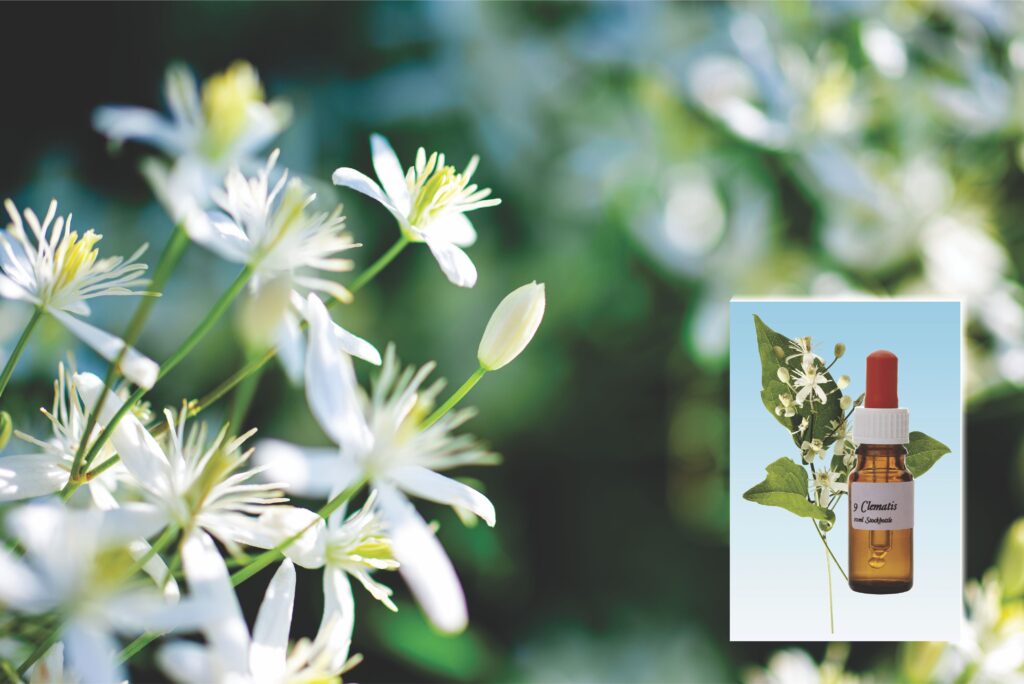CHALLENGE VS. ANXIETY
Master Yunmen was asked, “What is most urgent for me?”
The master answered, “The very you who is afraid that he doesn’t know.”
With this answer the master points out that anxiety is rooted in fear of the unknown and that our constant challenge is its overcoming.
Challenge
Whether accepted or invited, the little brother of anxiety grows up into the big brother of challenge. The psychological, biological and material will to obtain mastery over anxiety is exemplified in the hunt, whose fearsome challenge functions as a staging ground for entry into adulthood. As we sometimes bite off more than we can chew (and then must chew it over), grounds for challenge are also found in the process of eating.
Once the body accepts a challenge, its biological response is to cash in one or more units of fuel currency, namely, the molecule ATP. A recent discovery with regard to the ATP molecule supports the notion that challenge is directly and immediately associated with the mouth. In addition to providing the body with fuel, ATP performs the additional essential function of being a non-neuronal neurotransmitter conveying information regarding the sense perception of taste, as well as that of other senses. When released by non-neuronal cells like those found in the oral cavity, ATP triggers protective responses within the body that may build bone that is calculated to meet a challenge. The gut faces the challenge of transporting ingested materials, breaking them down into absorbable forms, extracting nutrients and ridding the body of waste products. At every stage in the carefully gated process of transport — breakdown, assimilation, and rejection — the potential for costly error must be thwarted.
Anxiety
What the Wuxing calls worry, we refer to as anxiety. Anxiety that begins with taste makes itself known in the depths of the gut. The enteric nervous system is a brain within the lining of the gastrointestinal tract, extending from mid-oesophagus to the anus. It has autonomous functions but is connected with the central nervous system by the vagus nerve. Relying on the same neurotransmitters as the cranial brain, the enteric nervous system controls local blood flow, directs propulsion along the digestive tract, and influences absorption. Under stress it can shut down the digestive system or signal it to empty by means of excretion or vomiting. It can also trigger an immune response, causing mast cells to release histamine in the lining of the small intestine and colon. The enteric nervous system samples the contents of the intestinal tract with chemoreceptors that react to acids, sugars and amino acids. By chemically ascertaining anxiety of fight-or-flight situations, our brain in the gut is empowered to make key distinctions.
The body’s ability to perform expulsion is a functional aspect of anxiety. A judgment is made within the dimension of taste that a pathogen, a nonviable foetus or a baby at full-term, a transplanted organ, a morsel of food lodged in the oesophagus, or an ingested toxin can no longer be accommodated or assimilated. The body then mobilises to repel or expel the substance by sneezing, coughing, gagging, vomiting, downshifting of bowel, or uterine motility.
In parallel with Hahnemann and Kent’s understanding that psora covers the majority of medical conditions, we also find that more ailments reflect disharmony within the sense dimension of taste than in any other sense dimension.
The psoric miasm’s existential themes
~ Anxious, not okay in the world
~ What I have today is not enough for tomorrow
~ Not safe, sheltered, or nourished
~ Insecurity
~ Anxiety vs. challenge
~ Nurturance
~ Competition vs. compliance
Treatments and Expectations
Remedies manifesting subcategories of is my presence in the world sustainable?
Aceticum acidum Falco peregrinus
Arsenicum album Kali bichromicum
Calcarea carbonica Kali bromatum
Camphora Lycopodium clavatum
Clematis recta Mezereum
Cobaltum metallicum Psorinum
This excerpt from: The Emotional Roots of Chronic Illness. Homeopathy for Existential Stress, Jerry M. Kantor – ISBN: 9781644117842, is published with the permission of the publishers www.innertraditions.com
This book reveals that the subconscious mind is amenable to change. Kantor shows how to select accurately remedies to defuse the energetic charge of unresolved existential stress and thus quell the root causes of chronic illness.
Jerry M. Kantor, L.Ac. CCH, MMHS, is a faculty member of the Ontario College of Homeopathic Medicine and owner of Vital Force Health Care LLC, a Boston-area homeopathy and acupuncture practice. The first acupuncturist to receive an academic appointment at Harvard Medical School’s Department of Anaesthesiology, Kantor is the author of Sane Asylums, Interpreting Chronic Illness, The Toxic Relationship Cure, and Autism Reversal Toolbox. He lives in Dedham, Massachusetts. https://vitalforcehealthcare.com/



